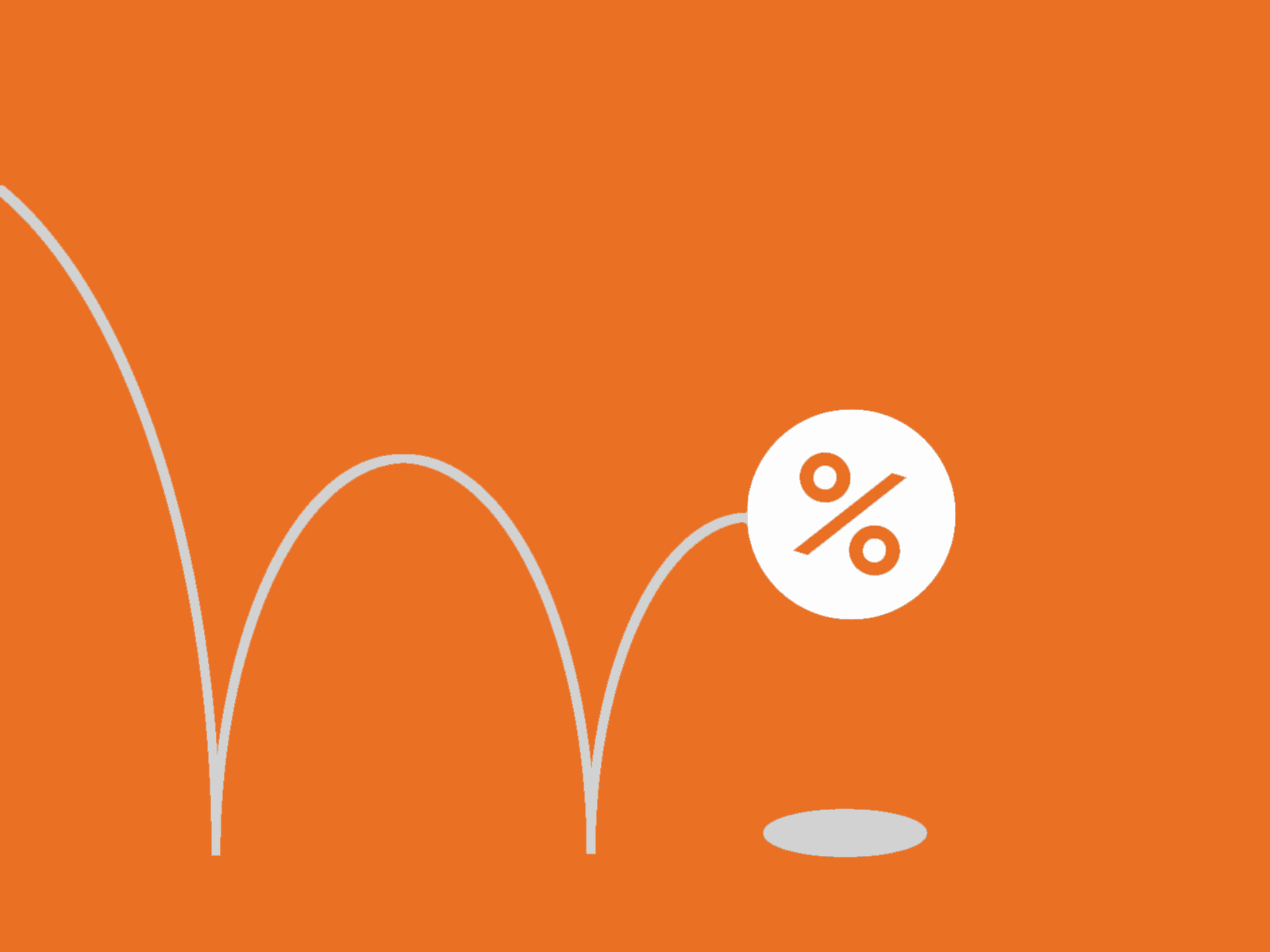Using your home equity line of credit
A home equity line of credit is a line of credit that's secured by the equity in your home. Let's break it down, step by step.
What's a line of credit?
A line of credit falls into the category of "revolving credit," which means once you're approved for a certain amount, you can use all of it, or part of it, over and over again without having to reapply for credit each time.
As opposed to "installment credit" like a car loan or mortgage where there are a finite number of payments agreed to in advance to pay off the loan, revolving credit may only require you to make minimum payments equal to the interest on the amount you borrow.
What's a home equity line of credit?
A line of credit can be secured or unsecured. If you had a student line of credit, that was likely unsecured. Interest rates charged on unsecured lines of credit are usually higher because the lack of security makes them more risky for the lender.
A secured line of credit will have a lower interest rate because you pledge something of value to the lender in case you can't make your payments. In the case of a home equity line of credit, that pledge is the equity in your home. This gives a lender a higher chance of getting back the money they lent you.
How do people use home equity lines of credit?
People don't always use lines of credit wisely. A common phrase you'll hear is that some people have a tendency to "use their homes like a bank machine" when they have access to a home equity line of credit. For instance, using a line of credit to make a mortgage payment is a sign of extreme danger in your cash flow - avoid at all costs, or get advice from a professional.
Let's look at some different uses for lines of credit and see how they stack up:
Paying for a reasonable renovation on your home: There should be an increase to the value of your home to at least partially offset the cost. A kitchen renovation would tend to have good bang for the buck, but building a go-kart track in your backyard might not be adding real value to the property.
Consolidating high-interest debt: Transferring high-interest credit card balances to a lower-interest line of credit can make sense, as long as you don't just use the freed-up credit card balances again. Then you'll end up even worse off. If you do consolidate, cancel all but one credit card and reduce the limit on that one as well. That'll help prevent getting into more trouble.
Emergencies: Sometimes, there are actual emergencies that can eat through your cash emergency fund. Just make sure your definition of emergency is strict.
Starting a business: Many entrepreneurs will consider tapping into their home's equity to help launch a business. Have you looked at other options for funding your business? If other people aren't willing to give you money, this is an option you can consider. Just like any business, make sure to have a solid business plan.
Buying depreciating assets: If you're using the money to buy things that lose value after you buy them (think snowmobiles, exercise equipment, big screen TVs and other toys), that's generally not prudent. The best way to truly afford depreciating assets is to save up for them in advance. That goes for vacations too. The memories might last a lifetime, but they won't show up on a balance sheet.
Line of credit or mortgage refinance?
Another way to tap into the built-up equity in your home is to refinance your mortgage. The interest rate may be lower than it would be for a line of credit, but your payments would be higher, since with a mortgage you'd have to pay interest and principal.
That might be ideal in some cases, but it's important to consider the timing of when you need the money.
For a renovation where your costs are spread out over time, a line of credit would allow you to time how much you borrow with more flexibility. It's possible to have a higher interest rate but pay less interest overall on a renovation with a line of credit versus a refinance where you borrow the entire cost upfront.
Avoid the debt trap
Because it's so easy to access, many people can fall into the trap of relying on lines of credit too much and eventually become financially crippled by their debt load. If you're already finding yourself only paying the minimums required even once, that's a red flag.
Using a line of credit should be part of a well thought-out plan, not something to access on a whim.

